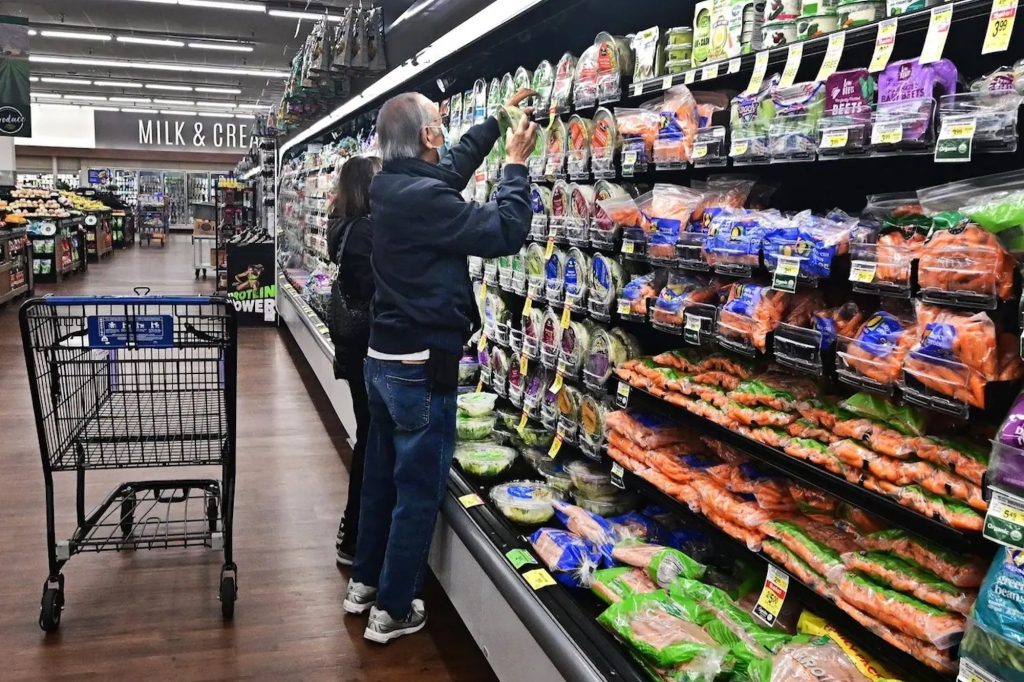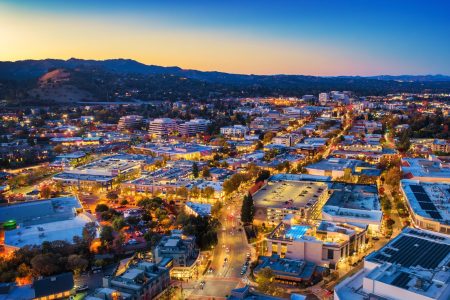This article originally appeared on Business Insider.
A new Bureau of Economic Analysis report said the advance estimate for US GDP growth in the second quarter was 2.8% at an annualized rate.
That’s way more than the 2% forecast from Investing.com and the 1.4% growth in the first quarter.
“This is a perfect report for the Fed, growth during the first half of the year is not too hot, inflation continues to cool and the elusive soft landing scenario looks within reach,” Olu Sonola, the head of US economic research at Fitch Ratings, said in written commentary shared with Business Insider.
Change in real GDP from previous quarter
“Compared to the first quarter, the acceleration in real GDP in the second quarter primarily reflected an upturn in private inventory investment and an acceleration in consumer spending,” the news release from the Bureau of Economic Analysis published on Thursday said. “These movements were partly offset by a downturn in residential fixed investment.”
Residential fixed investment declined at a 1.4% seasonally adjusted annualized rate in the second quarter after a massive 16% increase in the year’s first quarter. Nonresidential fixed investment soared 5.2% in the second quarter after a 4.4% increase in the first quarter.
Personal consumption expenditures rose 2.3% in the second quarter, following the 1.5% rise in the first quarter. Goods surged 2.5% after a decline of 2.3% in the first quarter, and services increased 2.2% in the second quarter after a 3.3% increase in the first.
The news release said healthcare, housing and utilities, and recreation services were the “leading contributors” to the increase in consumer spending on services. Consumer spending on goods also rose, with “furnishings and durable household equipment” being leading contributors, it added.
“Imports, which are a subtraction in the calculation of GDP, increased,” the news release said.
Other data shows a US economy cooling into a “soft landing” with tamer inflation and a slower job market. Inflation and wage growth have slowed. The 30-year fixed-rate mortgage has dropped but continues to be above 6%, according to Zillow data. The unemployment rate is up from its historic low, layoffs and discharges generally remain low, and the leisure and hospitality sector is seeing weak monthly job growth. Mark Zandi, Moody’s Analytics’ chief economist, said in written commentary that the number of jobs created each month was “not enough to absorb everyone entering the job market.”
“Much of this economic slowdown is by design,” Zandi said in commentary before the GDP data was published. “The intent of the Federal Reserve’s aggressive hikes in the federal funds rate in 2022 and the first half of 2023, and the high funds rate that has prevailed since — the Fed’s higher for longer strategy — has been to weigh on aggregate demand, cool off the hot job market, and allow wage and price pressures to ease.”
The Federal Open Market Committee is set to meet at the end of July, and a rate cut is not anticipated. But economists who recently talked to BI said they believed it was time to cut rates.
“Right now, the Federal Reserve with keeping interest rates high is putting pressure on the economy, is making it harder for consumers to buy,” Claudia Sahm, the chief economist at New Century Advisors and a former Fed economist, told BI. “They have to take out credit. It’s making it harder for businesses to invest.”
Read the full article here









